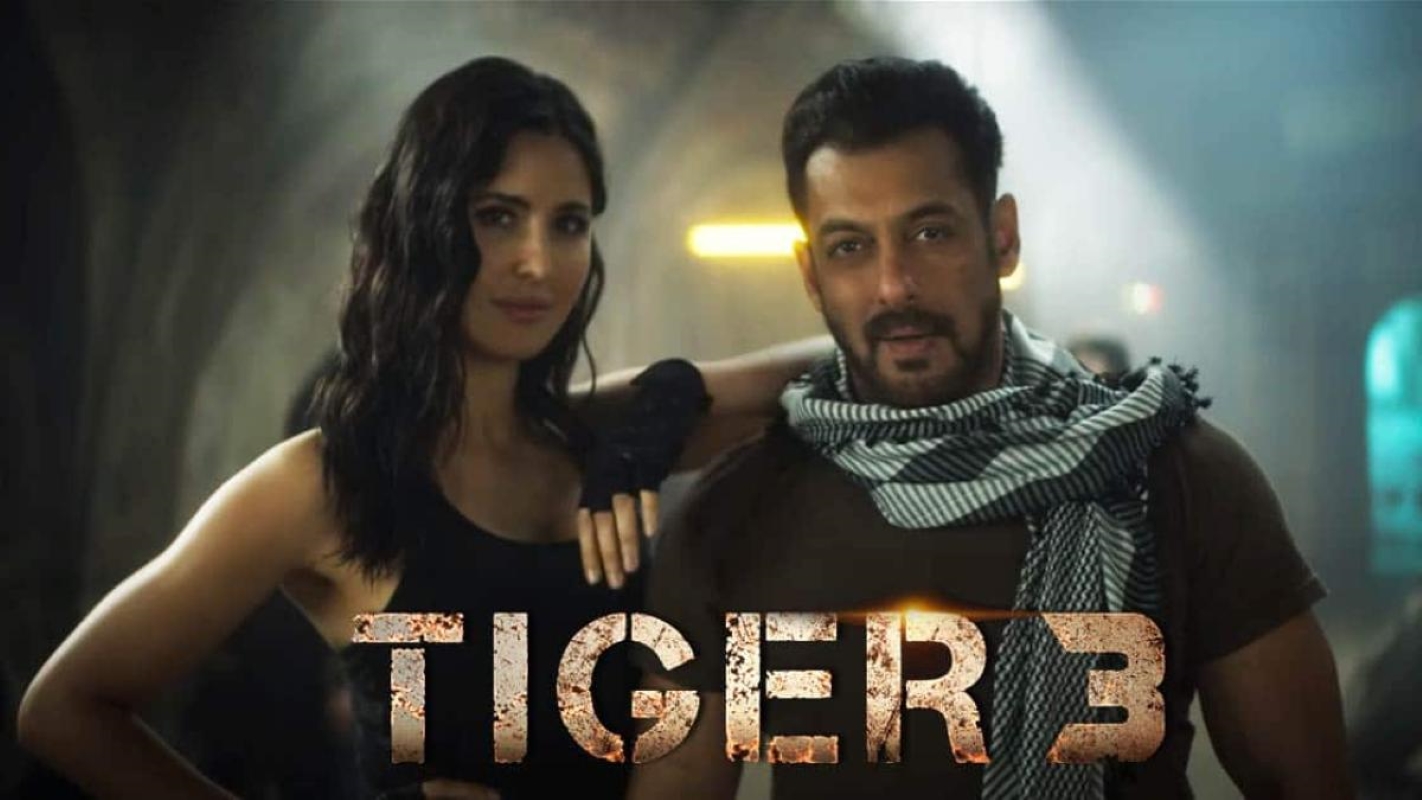
What Happens Later Review: As autumn leaves surrender to the brisk November breeze, the promise of a heartwarming romantic comedy fills the air. In the realm of rom-com royalty, Meg Ryan’s return after an eight-year hiatus, both as the director and the leading lady in “What Happens Later,” sparks curiosity and nostalgia. The film, set against the backdrop of a snowstorm-stranded airport, weaves a tale of rekindled love between Bill (David Duchovny) and Willa (Meg Ryan). However, as the film opens with the familiar sight of snowflakes falling and the holiday spirit settling in, it becomes evident that this romantic journey might not unfold as smoothly as one would hope.
Frosty Beginnings: A Rom-Com Misfire?
The film’s opening scenes create an atmosphere of anticipation—a festive movie with a potential blend of humor and heart. Meg Ryan, synonymous with the romantic comedy genre, dons multiple hats as director, writer, and star, raising expectations for a delightful cinematic experience. Yet, as the initial interactions between the protagonists unfold, the film stumbles at the starting line.

The airport, an unconventional yet potentially captivating setting, becomes the backdrop for Bill and Willa’s reunion after 25 years. However, the awkwardness of their initial encounter, accentuated by the script’s shortcomings, dims the initial excitement. The dialogue, expected to be the heartbeat of any rom-com, falls flat, leaving the audience in a state of puzzlement. It’s a missed opportunity to establish a connection between the characters and the viewers, a crucial element for a successful romantic comedy.
Also Read: Freelance Reviews: Balancing Action and Comedy
Cast:
- Meg Ryan
- David Duchovny
- Eric Parkinson
- Matthew Jaycox
- Abigail Garcia
- Faron Ledbetter
- Duane Austin Ellis
- Tori Nadine
Lost in Transit: Dialogue, Themes, and Cinematic Choices
The heart of any romantic comedy lies in its dialogue, serving as the conduit for emotions, humor, and the exploration of deeper themes. In “What Happens Later,” the conversation between Bill and Willa fails to strike the right chords. The film, hinging on the reunion of former lovers, attempts to delve into heavy topics like aging, parenthood, and anxiety. However, these themes are introduced sporadically, overshadowed by misplaced jokes and awkward interactions with airport technology.
The promise of a deeper exploration into the characters’ existential crises becomes a casualty of the film’s monotony. The dialogue, which should be a dynamic dance between the characters, falls into a dull rhythm, leaving the audience yearning for more substance. The airport, a potentially unique and intimate setting for such a conversation, loses its charm amidst the lackluster dialogue.

The soundtrack, a crucial element in setting the tone for a romantic comedy, disappointingly adds to the film’s monotony. Songs reminiscent of a waiting room fail to inject life into the narrative, lacking both variety and a connection to the characters’ personalities. Cinematic choices, from mismatched lighting to static camera angles, underscore the film’s editing pitfalls, detracting from potentially impactful scenes.
In Summary: Between Stumbles and Heartfelt Moments
While “What Happens Later” might not ascend to the lofty heights of Meg Ryan’s classic rom-coms, it manages to weave moments of genuine connection and laughter. The film grapples with a misaligned script, editing hiccups, and a soundtrack that fades into the background. Yet, amidst these stumbles, there are glimpses of heartwarming moments and the potential for more profound explorations.
Meg Ryan’s decision to take on multiple roles in the production, from directing to writing and starring, opens a dialogue on the evolving role of actors in filmmaking. The film becomes not just a romantic comedy but a canvas reflecting the changing landscape of love and laughter in cinema. It invites viewers to reflect on the creative choices made in the pursuit of storytelling.
In the end, “What Happens Later” might not be a flawless rom-com masterpiece, but it offers a nuanced perspective on the complexities of love and life. It prompts audiences to consider the evolving nature of the romantic comedy genre and the challenges actors face when they step into multifaceted roles in filmmaking. As viewers, we are left not only with the stumbles of the film but also with a subtle invitation to explore the ever-shifting dynamics of love and laughter on the silver screen.











